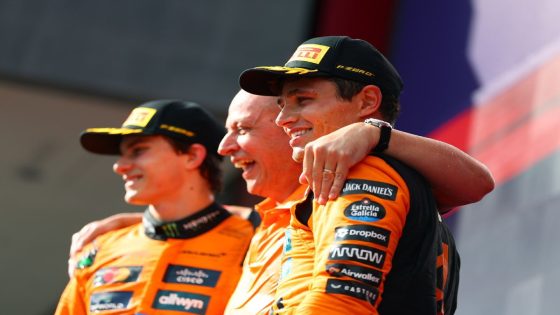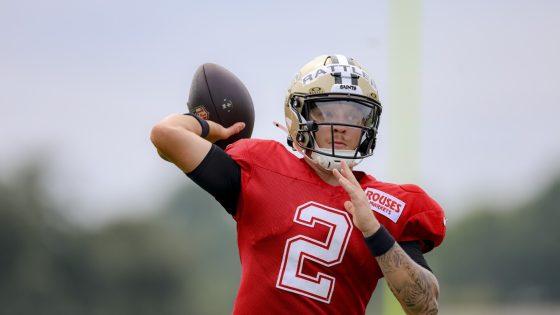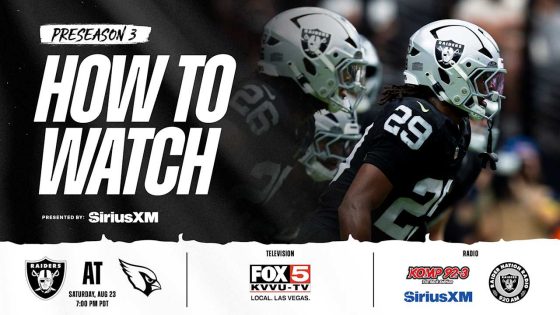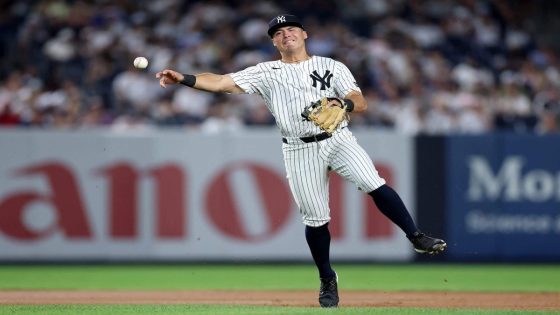The recent Formula 1 race at the Hungaroring showcased the unpredictable nature of race strategies, highlighting how the “possible race strategies” infographic from Pirelli often diverges from reality. On 2025-08-03 22:04:00, Lando Norris, initially forced into a one-stop strategy, defied expectations to secure a strong finish. Max Verstappen also faced strategy challenges, with Red Bull’s Helmut Marko suggesting he could have performed better with a single pit stop.
- Pirelli's race strategy infographic often inaccurate.
- Norris forced into a successful one-stop strategy.
- Pirelli favored two-stop strategy initially.
- Opening lap incidents affected race dynamics.
- McLaren adjusted strategies based on race conditions.
- Team dynamics influenced Norris and Piastri's strategies.
Pirelli had previously indicated that a two-stop strategy would be superior, stating that a one-stop could be up to 10 seconds slower. However, cooler conditions and race dynamics shifted the narrative, demonstrating how quickly plans can change in F1.
This race raises an intriguing question: how much do teams rely on pre-race data versus real-time decision-making? The ability to adapt strategies on the fly is crucial in F1, as evidenced by recent events.
- Norris’s one-stop strategy unexpectedly became advantageous.
- Verstappen’s two-stop approach was criticized post-race.
- Pirelli’s predictions were challenged by race conditions.
- McLaren’s tactical decisions played a significant role in the race outcome.
As the season progresses, fans can look forward to more thrilling races where strategy will undoubtedly play a pivotal role. Will teams continue to adapt their approaches, or will they revert to established norms? Stay tuned!

































